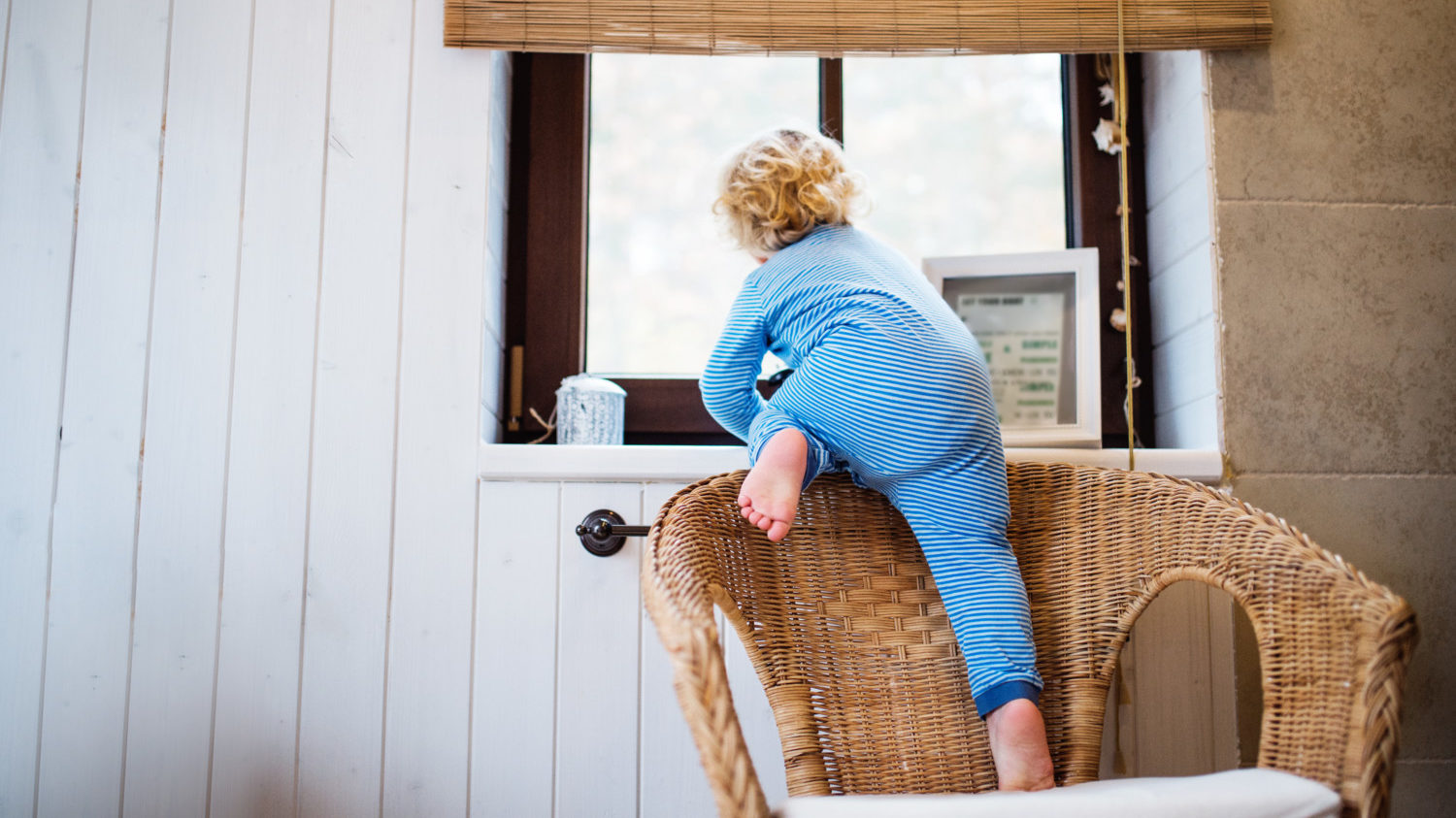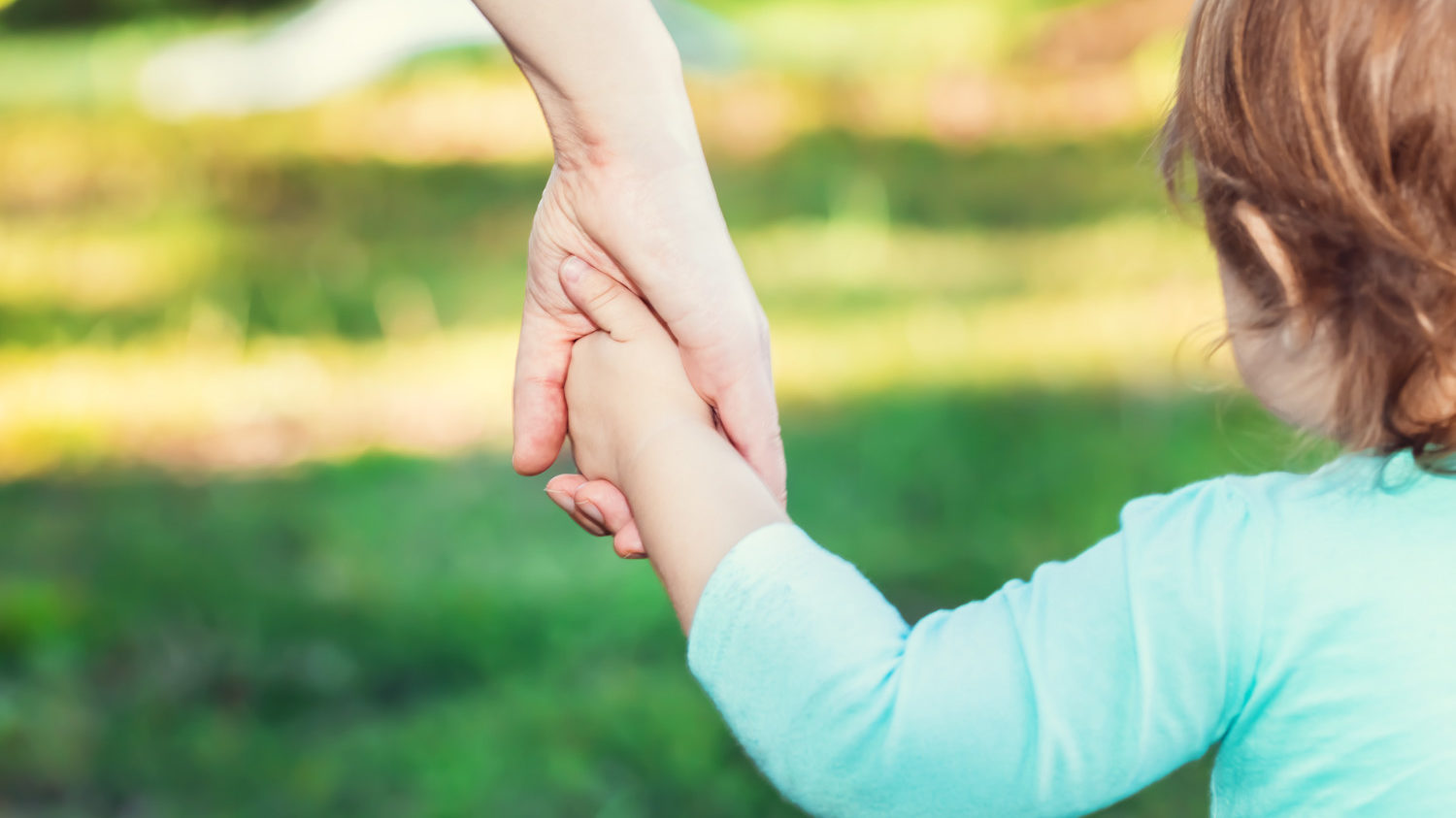Have you ever watched your child run poolside at breakneck speed or hop recklessly from one hotel bed to the next? If so, you might have had the urge to shout, “Be careful!”
I know I have. No parent wants to watch their child get hurt. You may have heard the phrase a lot while growing up, too. These days, though, experts are encouraging parents to take a different approach, as research suggests that this once-cautious advice does more harm than good.
Why We Should Stop Saying ‘Be Careful’
The saying “be careful” is pretty broad. It could mean, “Watch out for the stranger approaching.” Or it could mean “your shoe is untied” or “that drink is about to spill.” Kids may not know what it is you’re telling them to be careful about.
It can also alarm and confuse them. The phrase itself instills fear because parents say it when they are scared. It’s often used when kids are playing, which can be confusing to them. While it’s important for children to be aware of situational or physical risks, teaching them to be afraid of playing can create a lack of self-trust over time.
One study suggested that while it’s obviously prudent to try and prevent injuries in kids, “imposing too many restrictions on children’s outdoor risky play hinders their development.” The more parents intervene, the less kids get the chance to trust their own instincts and manage risks themselves.

The common phrase is also overused. Parents say it when someone’s broken a glass on the floor and when the stovetop is hot. The more a nondescript phrase is used over time, the more it tends to be ignored.
According to Steve Smith, an outdoor program risk management expert and consultant, while it can be nerve-wracking to watch your kids scrabble around a rocky facade or jump waves in the ocean, the benefits of active play outdoors outweigh the risks of injury from these activities.
“Outdoor experiences, much like life, are never completely safe or completely unsafe,” Smith wrote for the Children and Nature Network. “There are hazards, both physical and emotional, which need to be effectively assessed and managed. Rather than framing an outdoor activity in terms of ‘safety,’ it’s much more useful to talk about outdoor experiences in terms of ‘risk,’ which we can expand to see not only as a bad thing, but as a potentially good thing. Risk is uncertainty, with a potential for either loss, or gain.”
What To Say Instead Of “Be Careful”
All that being said, kids still need guidance from their parents. A constructive way to encourage children to develop situational awareness — without making them fearful — could be to say, “Notice how…” or “Do you see…?” while pointing out specific situations. “Do you notice how the tile is slippery? Do you see how that bridge is wobbly?”
Another way is to ask a “Do you feel…?” question. This helps your child check in with their emotional self and physical body by taking a minute to self-assess. “Do you feel safe that high up?” Or: “Do you feel the heat from the campfire?”

According to the Child Development Institute, saying your child’s name is like music to their ears. Try saying their name and then giving them a prompt to problem solve. If they’ve frozen up or seem stuck, offer a suggestion. “Kate, try stepping with your left leg first. Jimmy, can you grip the bar with both hands?”
Helping kids “remember” is also useful. You can give them a gentle nudge without nagging. “Remember, scissors are sharp and can hurt people.”
As a parent, it can be hard to sit back and watch your child struggle. Just keep in mind that sometimes these challenges can be helpful in allowing kids to grow. Letting your children know that you’re available if they need you and then giving them space is one of the best ways to be present with your kiddos while still letting them explore their environment. You’re there but you’re not getting in the way.
[H/t: Lifehacker]
This story originally appeared on Simplemost. Checkout Simplemost for additional stories.


